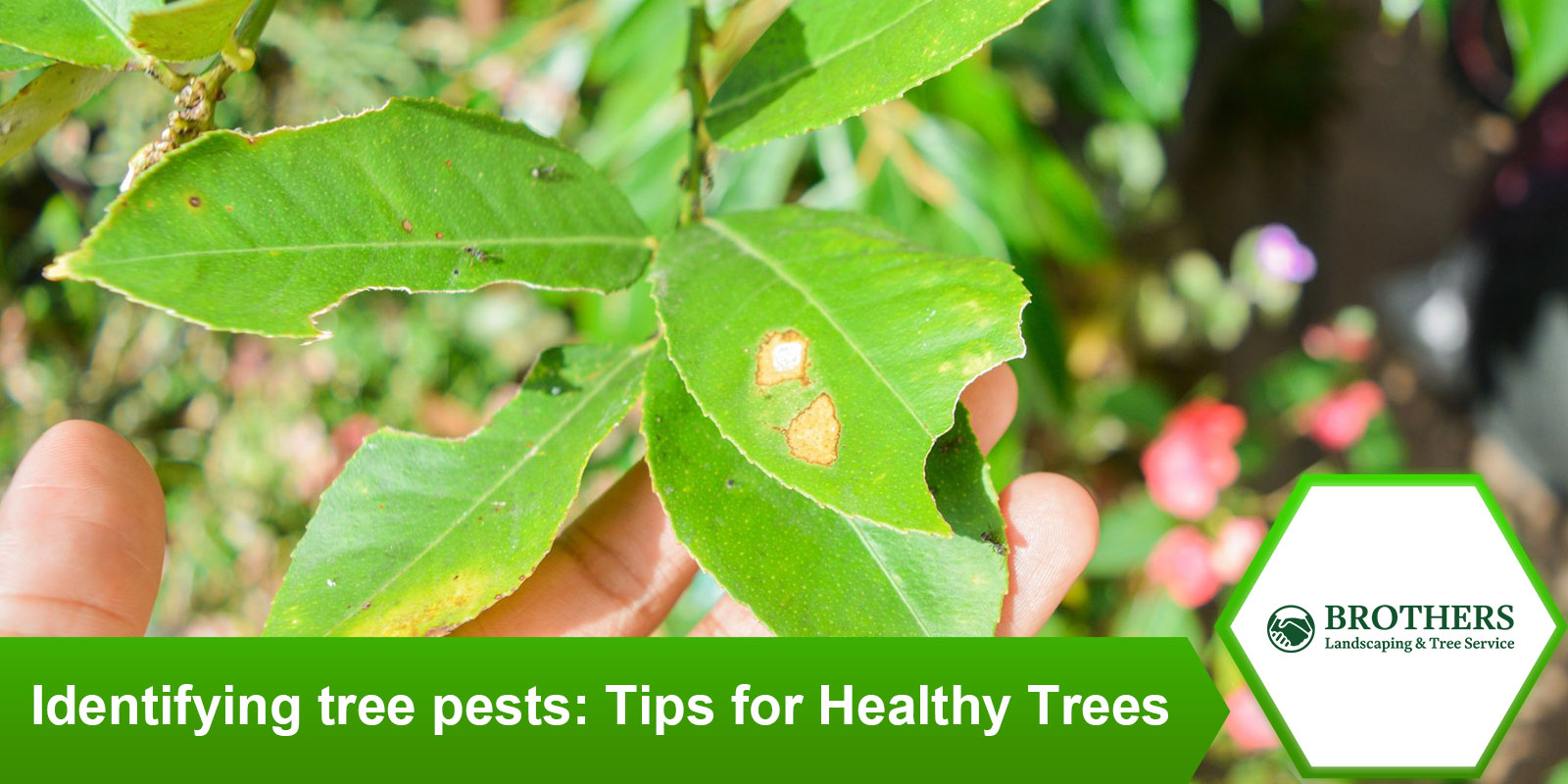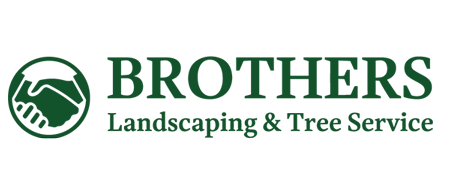
Identifying tree pests is crucial for maintaining healthy trees. Have you ever noticed strange marks or damage on your trees? A few years ago, I struggled with pests infesting my favorite oak tree. It was frustrating and concerning. This guide will help you identify common tree pests and provide effective treatments. By the end, you’ll know how to keep your trees pest-free and thriving.
Engaging Tips for Identifying Tree Pests
Identifying tree pests early can save your trees from severe damage. This guide covers essential tips and methods to recognize and treat common tree pests.
Common Signs of Tree Pests
Look for unusual marks on the leaves, trunk, or branches. These can include holes, chew marks, or discoloration. Sticky residue or black sooty mold on leaves can also indicate pest activity.
Identifying Specific Tree Pests
Different pests leave different signs. Here are some common tree pests and how to identify them:
- Aphids: Small, green or black insects that cluster on new growth. They secrete a sticky substance called honeydew.
- Borers: Beetle larvae that burrow into tree trunks and branches, leaving small, round exit holes.
- Caterpillars: Look for chewed leaves and the presence of caterpillars on branches or foliage.
- Scales: Small, immobile insects that appear as tiny bumps on the bark. They can cause yellowing leaves and stunted growth.
Effective Treatment Methods
Once you’ve identified the pests, apply appropriate treatments:
- Natural Predators: Introduce beneficial insects like ladybugs to control aphids.
- Insecticidal Soaps: Use these to treat soft-bodied insects like aphids and scales.
- Systemic Insecticides: Apply these to control borers and other pests that burrow into the tree.
- Bacillus thuringiensis (Bt): Use this natural bacteria to control caterpillars without harming beneficial insects.
Preventing Future Infestations
Prevention is key to keeping your trees healthy:
- Regular Inspections: Check your trees regularly for signs of pests.
- Proper Pruning: Remove dead or diseased branches to prevent pest habitats.
- Healthy Soil: Maintain healthy soil with proper watering and fertilization to keep trees strong and resilient.
- Mulching: Apply mulch around the base of trees to retain moisture and suppress weeds.
When to Call a Professional
Some pest infestations may require professional help. If you notice severe damage or are unsure about the type of pest, contact an arborist. Professionals have the expertise and equipment to handle complex infestations effectively.
Contact Us for Professional Tree Pest Control
Identifying and treating tree pests ensures your trees stay healthy and beautiful. If you need professional assistance, don’t hesitate to contact us. Our experienced team is ready to help with all your tree pest control needs. Contact us today for a consultation and ensure the best care for your trees.
